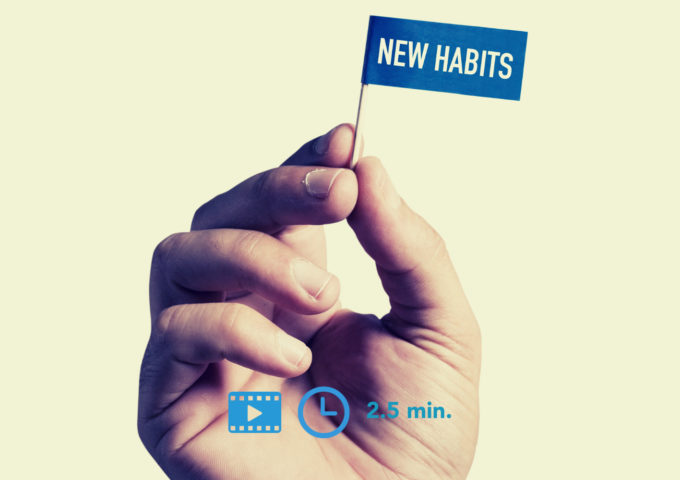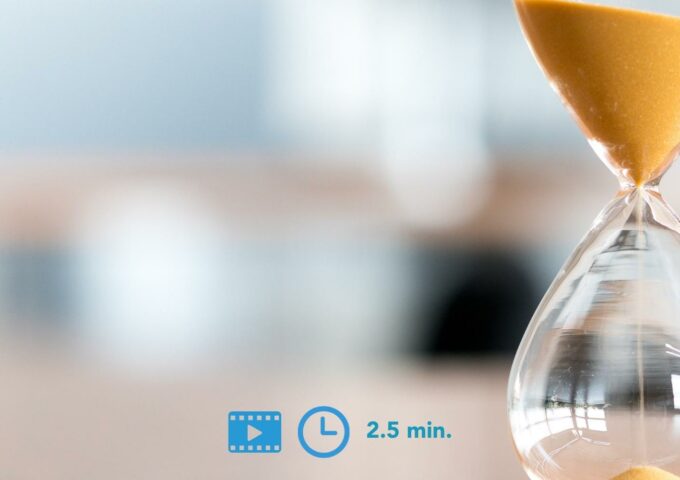
WATCH: Brain Friendly Time Management : Helping your Brain with Structure (Ep5)
This is the next episode in the series about “Brain-Friendly Time Management”. ‘Five Principles to Help you Improve your Productivity’ by using your brain. And this episode is all about ‘Structure’.
Structure
Because the brain likes structure, it likes to have routines, it likes to know what’s going to happen next. When the brain has uncertainty or doubt about what’s going to happen next, it gets stressed, we get too much adrenaline, and that just makes us not think very well or not think very clearly.
Allocate Time
So, what we want to do is, with regards to Structure, is ‘Allocate Time’ in your diary for specific types of tasks. And it’s really useful to understand your bio rhythms and how your body functions because some people are better in the morning, some people are better mid afternoon, some people are better later in the day. I know I’m an early bird and I need to know when I’ve got maximum attention.
Three Types of Attention
Because there are ‘Three Types of Attention’. ‘Maximum Attention’ is when it’s really your brain is all fired up and you’re all motivated and ready to go and you can do difficult things using your prefrontal cortex. Like analysis, or problem solving, decision making, dealing with difficult or challenging communications, and being able to really put a lot of brain power into what it is that you need to do. ‘Active Phase’ is where you may do some planning, it may be sort of more routine communication or you may do some research or preparation for particular meetings. And then ‘Inactive’ is where you’re just doing very routine tasks that don’t tax your brain too much. It’s just about doing bits and pieces, filing, and maybe sort of writing some up some simple reports where you don’t need to do too much thinking about it, it’s just admin and prep, maybe managing your inbox and things like that. So know what’s the time of day when your brain is at maximum capacity and when you need to do those challenging tasks.
Develop routines
‘Develop routines’. Slot those things into those routines. So when you get up, know exactly what your routine is and where you need to be when you need to be there. So I know that I can get up and I can easily do my exercise without having to think too much about it, without having to think whether I do it or not. Just do it, it’s automatic. Meditate, breakfast, at my desk at 7:30.
Habits
And the same with ‘Habits’. It’s very much about developing habits that you can get into without having to do too much thinking about it. And if you want to know more about habits please get in touch and we’ll send you some information about developing great habits.
So, when it comes to Intrinsic Motivation. Stay Curious!
With best regards,
David Klaasen
Talent4Performance help business leaders clarify complexity. We inspire people and drive continuous performance improvement, so they can convert thinking into action and results.
©David Klaasen – 2022



